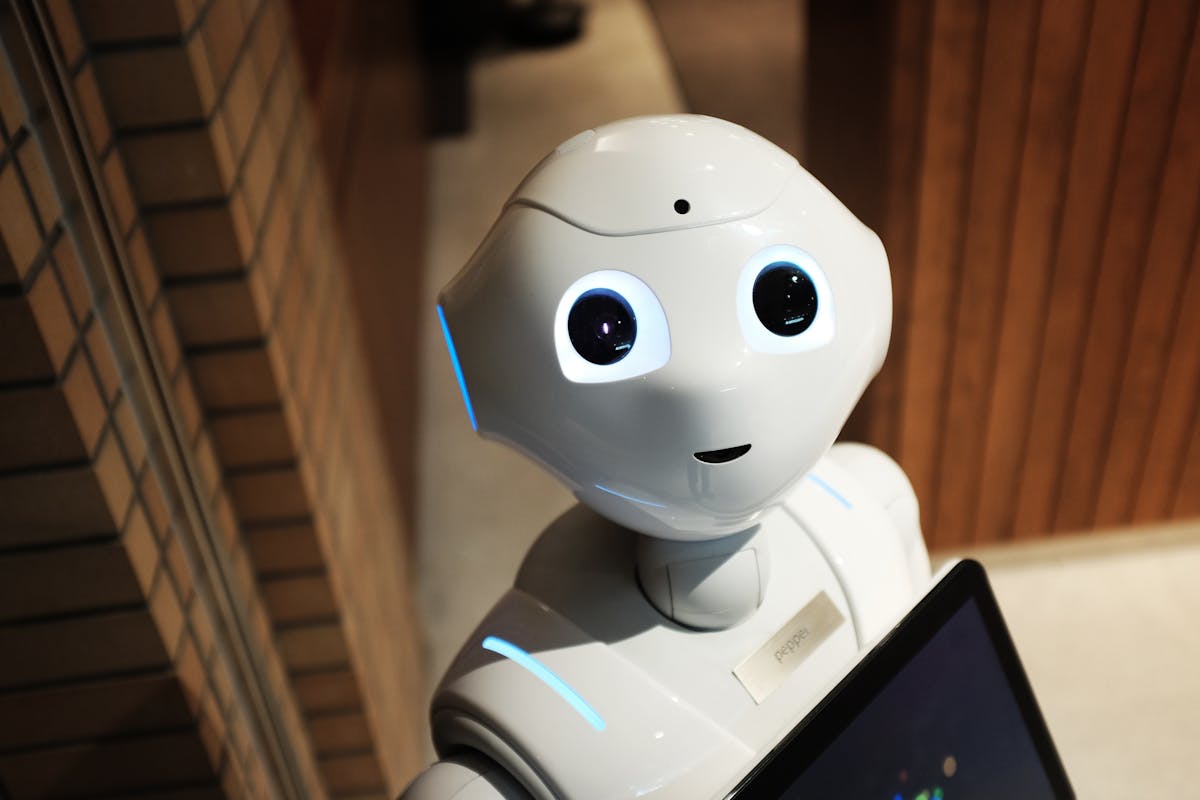Computer vision has evolved from a niche research field to a transformative technology that's reshaping industries worldwide. From autonomous vehicles to medical diagnostics, machines are now capable of seeing and understanding the visual world with unprecedented accuracy.
The Evolution of Computer Vision
Computer vision has come a long way since its early days. What started as simple pattern recognition has evolved into sophisticated systems capable of understanding complex visual scenes, recognizing objects in real-time, and even generating new images.
Key Milestones
- 2012: AlexNet revolutionizes image classification with deep learning
- 2014: Generative Adversarial Networks (GANs) enable image generation
- 2017: Vision Transformers challenge CNN dominance
- 2024: Multimodal models integrate vision with language understanding
Current Applications
Autonomous Vehicles
Self-driving cars rely heavily on computer vision to navigate safely. Advanced systems can:
- Detect and classify objects (pedestrians, vehicles, traffic signs)
- Estimate distances and predict movement patterns
- Navigate in various weather and lighting conditions
- Make split-second decisions to avoid accidents
Healthcare and Medical Imaging
Computer vision is revolutionizing medical diagnostics:
- Detecting cancer in medical scans with superhuman accuracy
- Analyzing retinal images for early disease detection
- Assisting surgeons with real-time guidance
- Monitoring patient vital signs through video analysis
Manufacturing and Quality Control
Industrial applications include:
- Automated quality inspection on production lines
- Defect detection in manufactured products
- Robotic assembly guidance
- Predictive maintenance through visual monitoring
Recent Breakthroughs
Vision Transformers (ViTs)
Vision Transformers have challenged the dominance of Convolutional Neural Networks (CNNs) by applying the transformer architecture to image processing. ViTs excel at capturing long-range dependencies in images and have achieved state-of-the-art results in many vision tasks.
Multimodal AI
The integration of vision with language understanding has led to powerful multimodal models that can:
- Generate detailed descriptions of images
- Answer questions about visual content
- Create images from text descriptions
- Understand context across different modalities
Real-time Object Detection
Modern object detection systems can process video streams in real-time while maintaining high accuracy. This enables applications like:
- Live sports analysis and statistics
- Security and surveillance systems
- Augmented reality applications
- Interactive gaming experiences
Challenges and Limitations
Data Requirements
Computer vision models typically require large amounts of labeled training data, which can be expensive and time-consuming to collect and annotate.
Robustness and Generalization
Models may struggle with:
- Images that differ significantly from training data
- Adversarial attacks designed to fool the system
- Edge cases and unusual scenarios
- Varying lighting and weather conditions
Computational Requirements
Advanced computer vision models often require significant computational resources, making deployment challenging in resource-constrained environments.
Future Directions
3D Understanding
Next-generation computer vision systems will better understand 3D space, enabling:
- More accurate depth estimation
- Better spatial reasoning
- Improved augmented reality experiences
- Advanced robotics applications
Few-Shot Learning
Developing models that can learn to recognize new objects with minimal training examples will make computer vision more practical and accessible.
Edge Computing
Optimizing models for edge devices will enable real-time computer vision applications on smartphones, IoT devices, and embedded systems.
Ethical Considerations
Privacy Concerns
The widespread deployment of computer vision systems raises important privacy questions:
- Facial recognition in public spaces
- Surveillance and monitoring capabilities
- Data collection and storage practices
- Consent and transparency in visual data processing
Bias and Fairness
Computer vision systems can perpetuate or amplify biases present in training data, leading to unfair outcomes for certain groups. Addressing these issues requires:
- Diverse and representative training datasets
- Regular bias auditing and testing
- Inclusive development teams
- Ongoing monitoring of deployed systems
Getting Started with Computer Vision
Tools and Frameworks
Popular computer vision frameworks include:
- OpenCV: Comprehensive computer vision library
- TensorFlow/Keras: Deep learning framework with vision capabilities
- PyTorch: Research-friendly deep learning framework
- YOLO: Real-time object detection system
Learning Resources
For those interested in learning computer vision:
- Online courses from Stanford, MIT, and other universities
- Hands-on projects with publicly available datasets
- Open-source projects and competitions
- Research papers and technical blogs
Conclusion
Computer vision continues to push the boundaries of what's possible with artificial intelligence. As the technology becomes more sophisticated and accessible, we can expect to see even more innovative applications that transform how we interact with the visual world.
The future of computer vision is bright, with ongoing research addressing current limitations while opening up new possibilities. From healthcare to entertainment, transportation to manufacturing, computer vision is helping machines see and understand our world in ways that were once thought impossible.
As we move forward, it's crucial to develop these technologies responsibly, considering their impact on society and ensuring they benefit everyone. The machines are learning to see – and with careful guidance, they can help us see the world in new and better ways.
